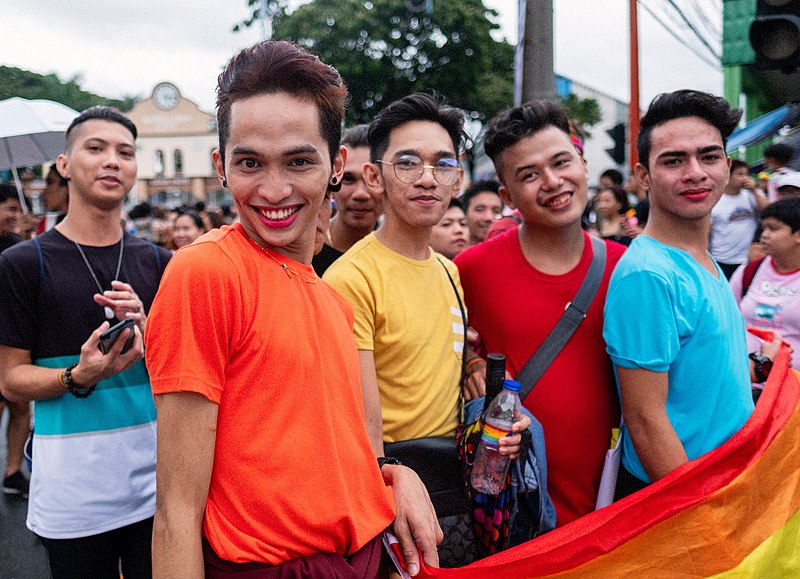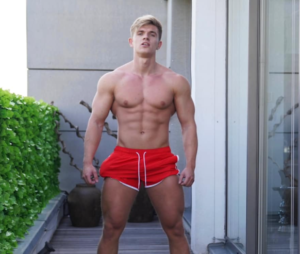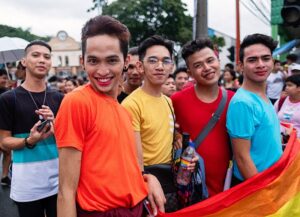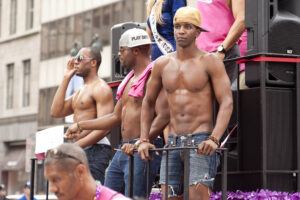7 Surprising Facts About Gay Culture in the Philippines

By Arvinjaygaa - Own work, CC BY-SA 4.0,
Welcome to the vibrant world of LGBT culture in the Philippines, where vibrant traditions coexist with contemporary problems. Let’s explore 7 facets of this dynamic community that may just take you by surprise. Let’s examine the distinctive aspects of LGBT life in the Philippines, from the deeply ingrained Bayanihan spirit to the contentious struggles for equality.
Let’s start by discussing pride. Did you know that Quezon City hosted the country’s first Pride march in 1994? It was one of the first in Asia and established a standard for the area. In the present day, these gatherings attract people from all walks of life and combine celebration, activism, and a strong sense of community.
The second is the active pursuit of rights. Despite its standing as one of Asia’s most accepting nations for LGBTQ+ people, the Philippines lacks formal legislative safeguards for this community. Anti-discrimination legislation is, at best, rife with gaps, and same-sex marriage is still illegal.
This continuous struggle demonstrates how resilient this group is in its pursuit of equal rights.”
“The influence of gay idols and celebrities comes in at number three. In Filipino society, gay superstars have a significant role in influencing public opinions in addition to being well-known performers. These celebrities, including Boy Abunda and Vice Ganda, raise awareness in the society and initiate conversations about acceptance of sexuality in the media.
A somewhat unusual fourth item is the acceptance of LGBT beauty pageants. These competitions are more than just contests in the Philippines; they are deeply embedded cultural phenomena that honor brilliance, talent, and beauty among the LGBTQ+ community. The nation respects the platform that these pageants provide for expression and empowerment. The contentious “Ladlad” event comes in at number five on our list. The commission initially prohibited Ladlad, an LGBTQ+ political party, from registering for the 2010 presidential election on the grounds that they were “immoral.” International indignation and a contentious discussion about equality, morality, and the right to political representation resulted from this.
In the sixth section, we examine religion’s role. The majority religion in the Philippines is Catholic, and despite the church’s frequent opposition to LGBT rights, a large number of gay Filipinos hold fast to their faith. The intricate interrelationship between religion and identity influences social and personal dynamics within the society, weaving together a web of conviction and inclusion.”
Lastly, the active young activism is the seventh characteristic that may surprise you.
Young Filipinos are becoming more outspoken and involved in the LGBTQ+ rights movement. They use social media and neighborhood initiatives to question established beliefs and demand change.
“As we’ve seen, the LGBT culture in the Philippines is a dynamic interaction between tradition and change, celebration and struggle. It imparts knowledge about resiliency, diversity, and the strength of community. We are grateful that you could travel with us in the Philippines. Participate in the conversation for more global stories and insights.






